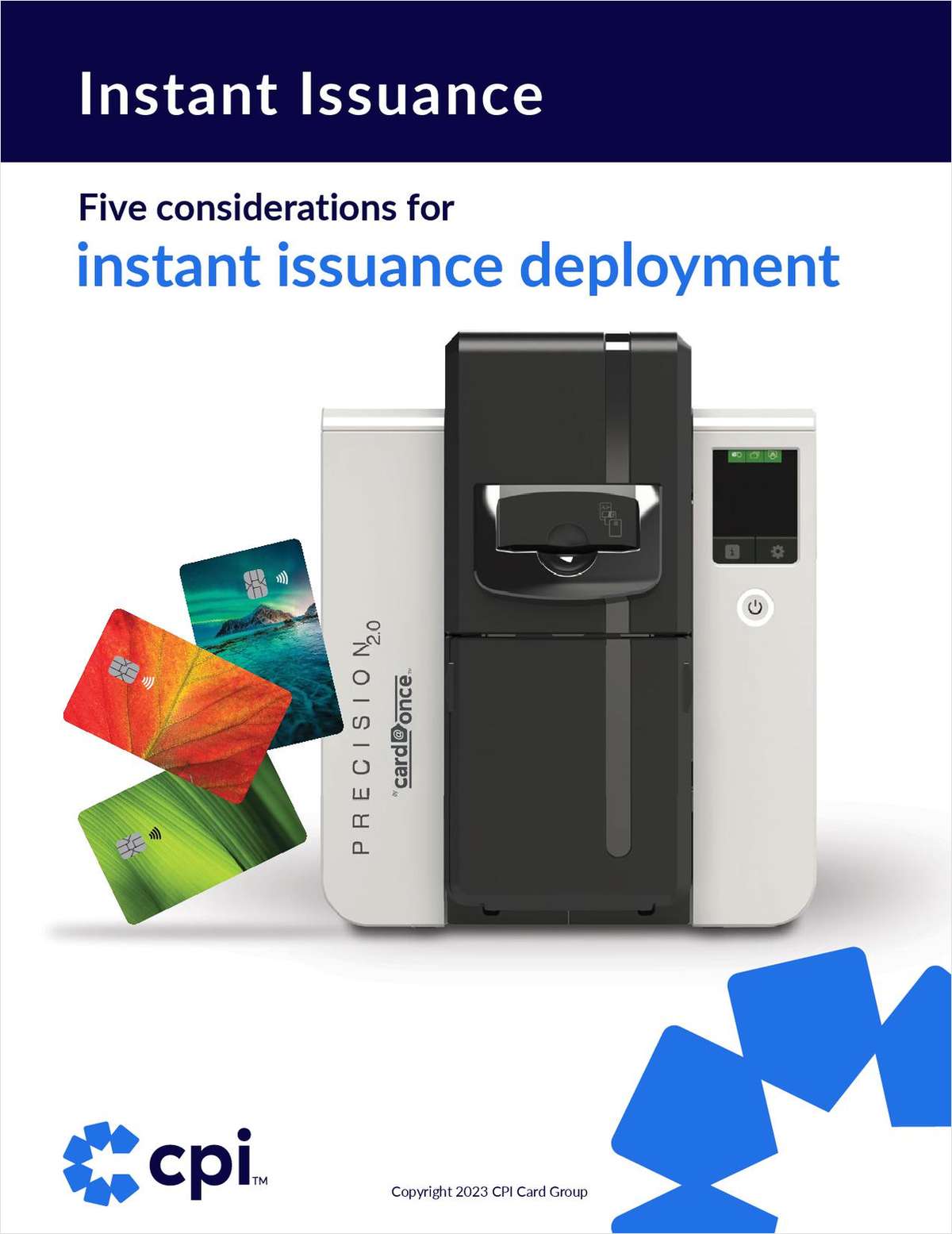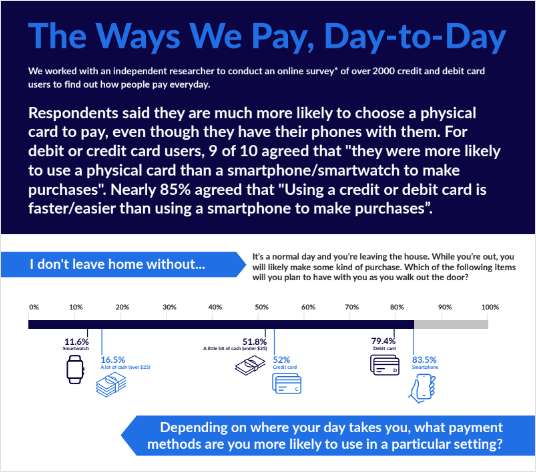As employers explore ways to contain health care costs while complying with the PPACA, many also are looking to help their workers finance the higher co-pays, deductibles and premiums that can be a result of changes to their health care benefits.
In some instances, they are choosing what's known as gap or bridge insurance. This covers some of the out-of-pocket health care costs that are increasingly difficult for employees to shoulder, including deductibles that can go as high as $10,000.
"Back in the 1990s, the cost of health care coverage was pretty manageable for most people. But starting about 1999, there's been a steady increase in health insurance premiums," said Stephen Parrish, marketing director for Crescent Medical Bridge, a Columbia, S.C., program manager for Companion Life, a subsidiary of Blue Cross/Blue Shield. "Employers have been struggling to find solutions. They can move to medical plans with higher out-of-pocket costs, and sure they save some money, but then they have some angry employees."
Complete your profile to continue reading and get FREE access to CUTimes.com, part of your ALM digital membership.
Your access to unlimited CUTimes.com content isn’t changing.
Once you are an ALM digital member, you’ll receive:
- Breaking credit union news and analysis, on-site and via our newsletters and custom alerts
- Weekly Shared Accounts podcast featuring exclusive interviews with industry leaders
- Educational webcasts, white papers, and ebooks from industry thought leaders
- Critical coverage of the commercial real estate and financial advisory markets on our other ALM sites, GlobeSt.com and ThinkAdvisor.com
Already have an account? Sign In Now
© 2025 ALM Global, LLC, All Rights Reserved. Request academic re-use from www.copyright.com. All other uses, submit a request to [email protected]. For more information visit Asset & Logo Licensing.









